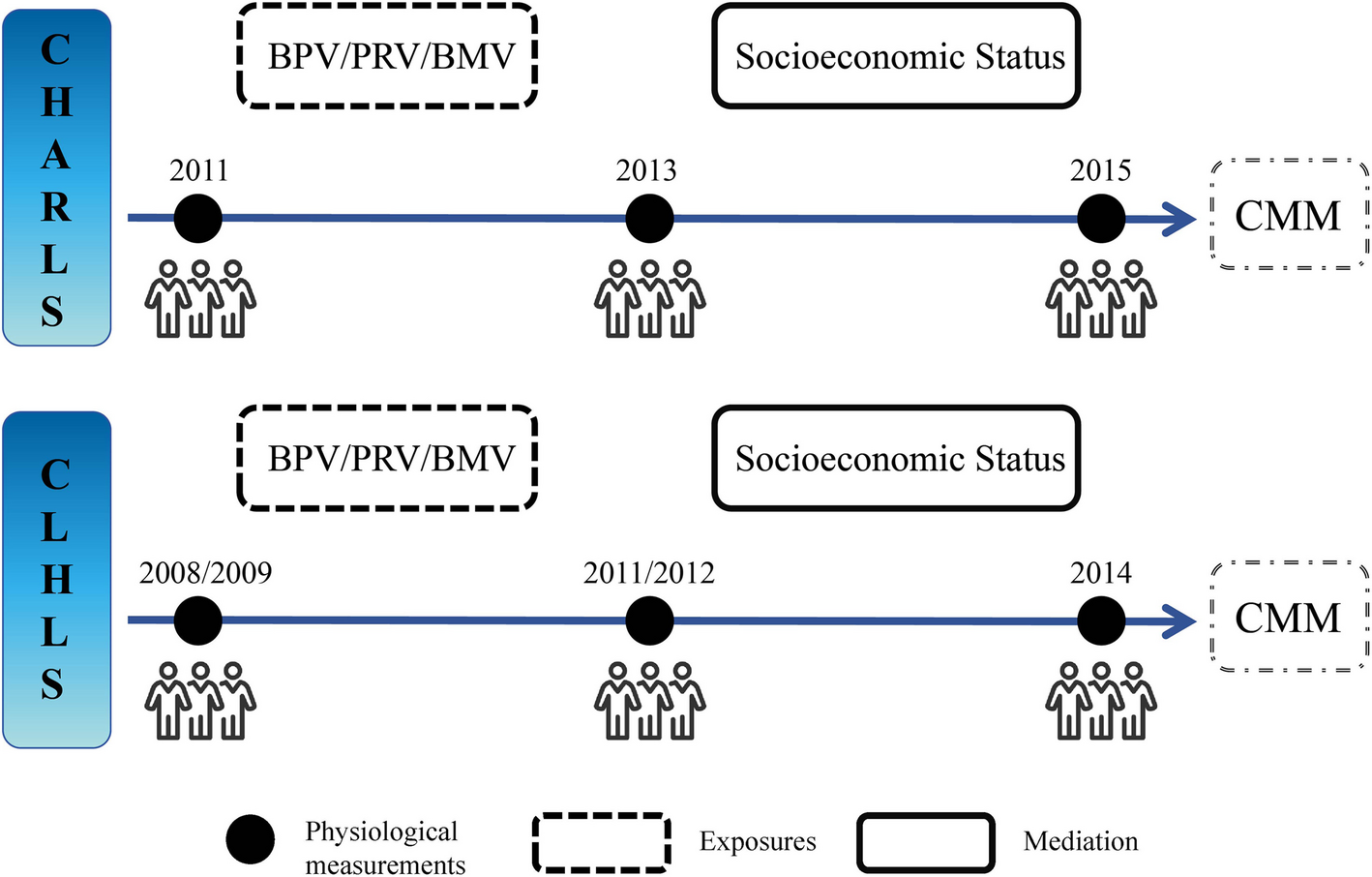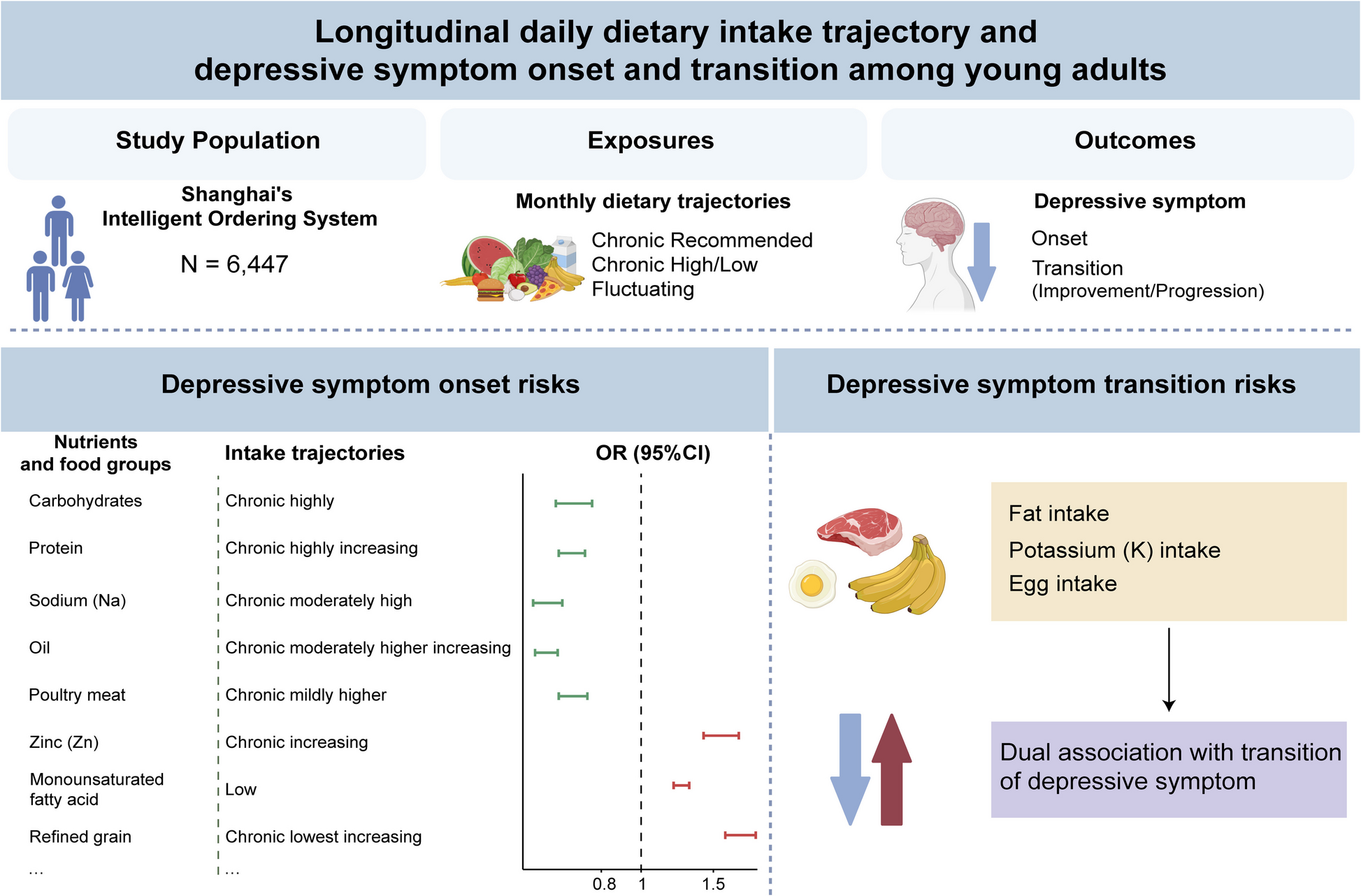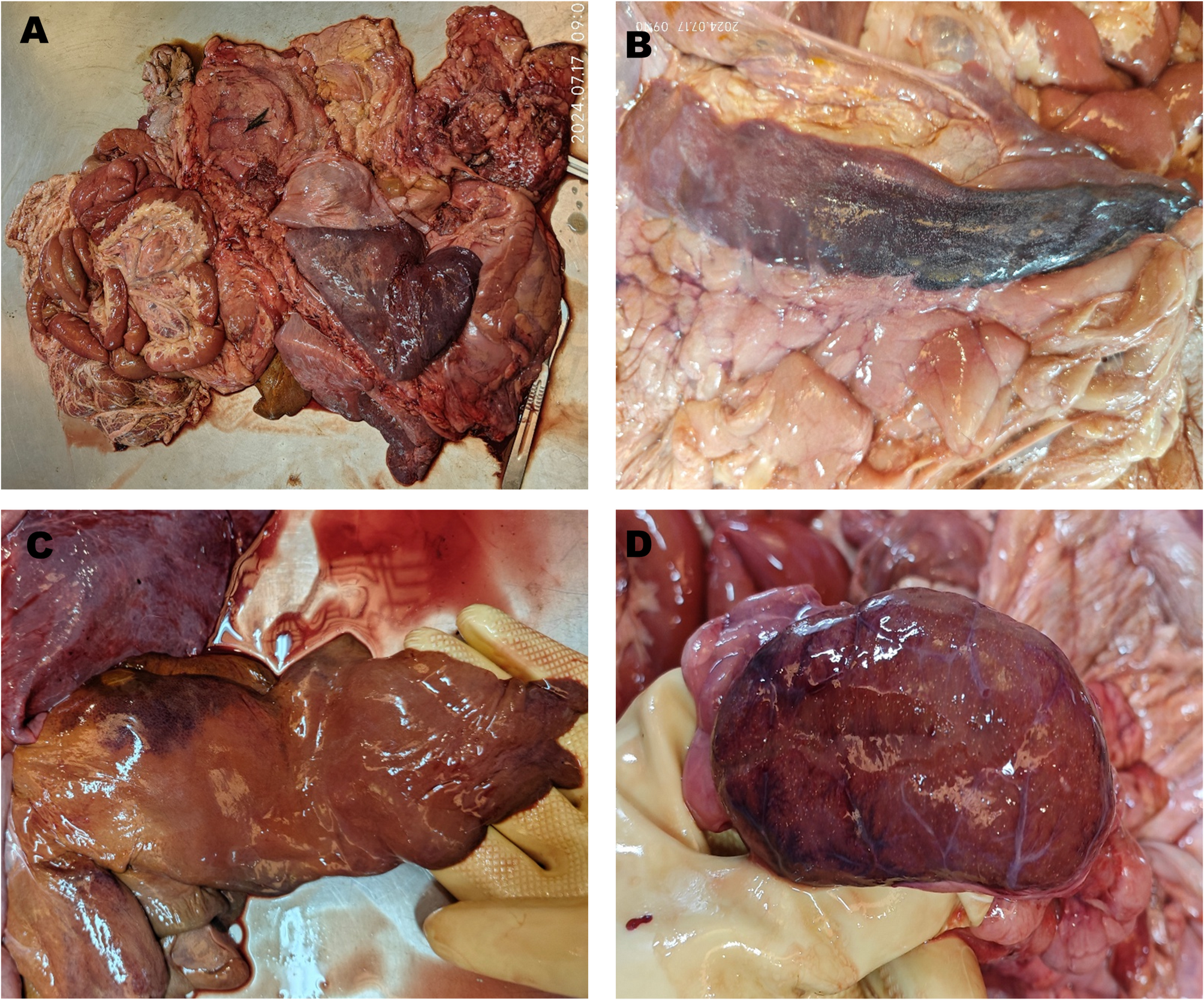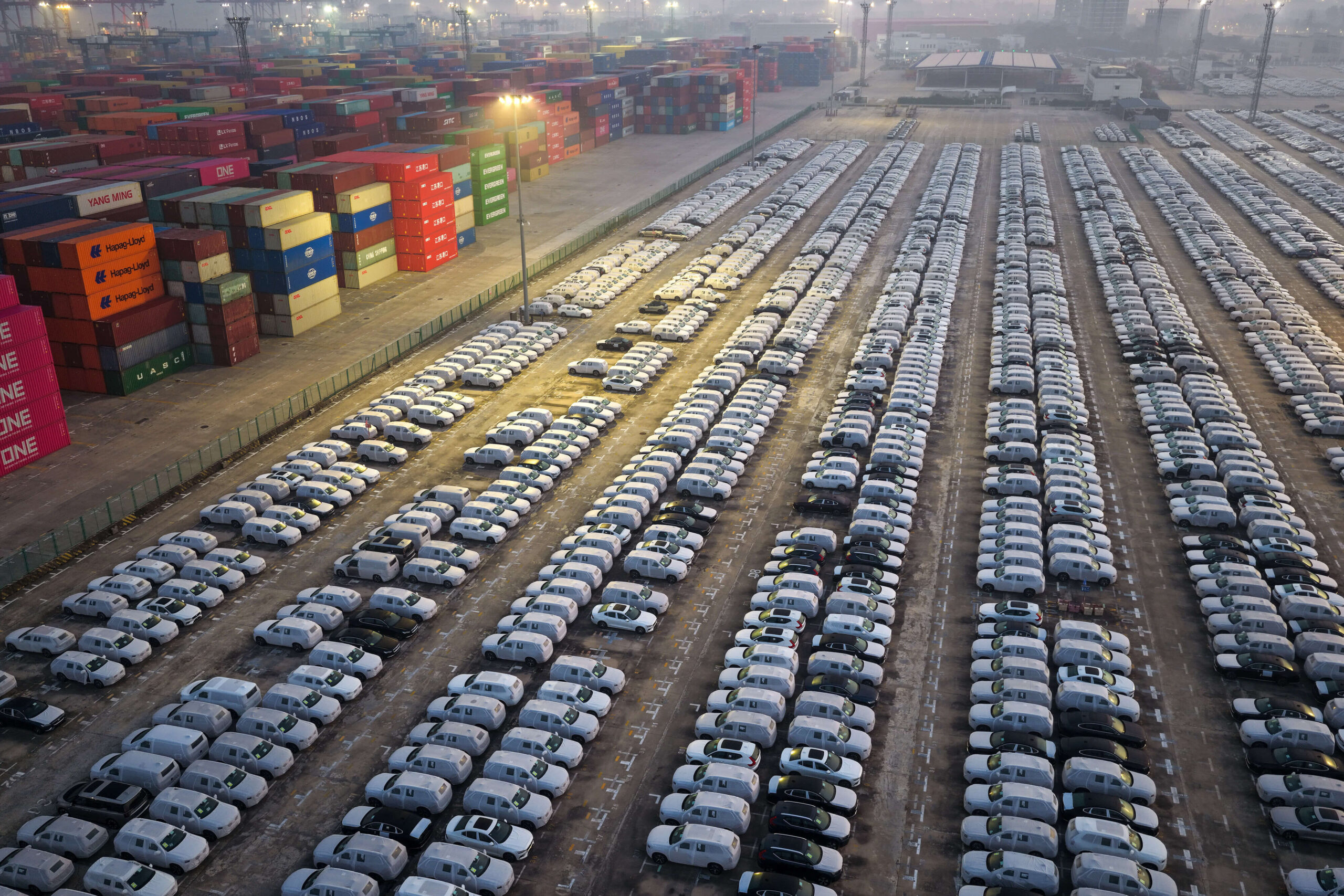Flags of Hatton’s beloved Man City flying outside pubpublished at 09:45 BST
Jonny Humphries
BBC News
Manchester City flags in memory of Hatton are flying outside the pub where the funeral cortege will begin its journey.
The procession…

Jonny Humphries
BBC News
Manchester City flags in memory of Hatton are flying outside the pub where the funeral cortege will begin its journey.
The procession…

This study utilized data from two nationally representative large-scale cohorts: the China Health and Retirement Longitudinal Study (CHARLS) [23] and the Chinese Longitudinal Healthy Longevity Survey (CLHLS) [24]….

Item 1 of 4 Venezuelan opposition leader Maria Corina Machado gestures at a protest ahead of the Friday inauguration of President Nicolas Maduro for his third term, in Caracas, Venezuela January 9, 2025. REUTERS/Maxwell Briceno

As shown in Table 1, we included 6447 young adults, of whom 3040 (47.2%) were female; 3407 (52.8%) were male; 3267 (50.7%) were aged between 16 and 20 years; 2016 (31.3%) were aged between 21 and 24 years; 2883 (44.7%)…

You may have heard of dark matter before. It’s the strange, invisible, undetected stuff that makes more than a quarter of all the matter in the Universe.
It can’t be seen, but astronomers know it’s there because it’s acting like a sort of…

Luo S, Liu Y, Xu X. Tigers of the world: genomics and conservation. Annu Rev Anim Biosci. 2019;7:521–48.
Google Scholar
Liu H, Yan Q, Zhao B, Luo J, Wang C, Du Y, Yan J, He H….

That means even if data can be extracted from a floppy disk, there is often significant work needed to make it readable on a modern device. Peter Rees, an archivist at the Cambridge History of Innovation Project, likens the process to a form of…

Astronomers say they’ve captured the clearest look yet of a star on the brink of supernova.
An international team used NASA’s James Webb Space Telescope to backtrack and find the original star…

In this issue of MERICS Europe China 360°, we cover the following topics:
By Jacob Gunter and Grzegorz Stec
The EU is currently evaluating the effectiveness of its tariffs on Chinese-made electric vehicles (EVs) since their introduction a year ago. The countervailing tariffs of 17 to 35.3 percent, which were based on investigations into several EV makers in China by the Commission, came on top of the EU’s standard ten percent car import duty. Just how the EU measures the tariffs’ effectiveness depends on their intended purpose. Were they meant only to address price distortions from subsidies or to decrease or even stop the flow of EVs from China? Or were they meant to drive Chinese automakers to invest in production sites in the EU – or a combination of all of those?
If measuring the impact on price distortions, the result is mixed but leans positive. The Commission’s investigation was exhaustive and certainly enabled it to set tariffs measured to offset the subsidies China-based EV makers have enjoyed. However, they were based on specific support measures and could not take into account the price wars driven by overcapacity which have shaped EV-makers’ strategy to accept razor thin margins – and even losses. Their willingness to accept margins in export markets that are very low but still higher than those in China has created global price distortions.
If measuring effectiveness by stemming or even stopping the flow of China-made EVs (which is not a stated goal, but which some observers use as a metric of success), the result is a profound failure. Chinese EV brands doubled their market share in the EU in the last year, in part by quadrupling exports of plug-in hybrids (PHEVs) which circumvent the tariffs. That is happening even as European car exports to China continue to decline.
If measuring effectiveness by Chinese investments in EU production sites to avoid tariffs, the situation is difficult to judge. Chinese EV makers have announced several planned investments and production lines in the EU since the tariffs: BYD is modestly expanding an electric bus plant in Hungary, XPENG is licensing production of several models in Austria, and Chery invested in a large research and development (R&D) center attached to its existing investment in Spain.
However, it is difficult to determine the weight of the tariffs on those corporate decisions. Chinese EV makers that may have been considering investments in the EU may also have been deterred by Beijing’s order in fall 2024 to pause investments in member states that supported the EV tariffs. They may have interpreted it as Beijing discouraging investments generally in Europe. Now that Beijing knows EU member states’ would like more Chinese EV investments, China may allow or even encourage its EV makers to invest in those ”friendlier” member states.
China is expected to significantly increase its total car production and exports in the coming years. The China Passenger Car Association (CPCA) announced in September that it expects China to export as many as 10 million cars by 2030. Not all of those will be bound for the EU, but there are hard limits as to where sufficient numbers of customers can be found, especially as a market needs enough consumers who can afford such cars in the first place.